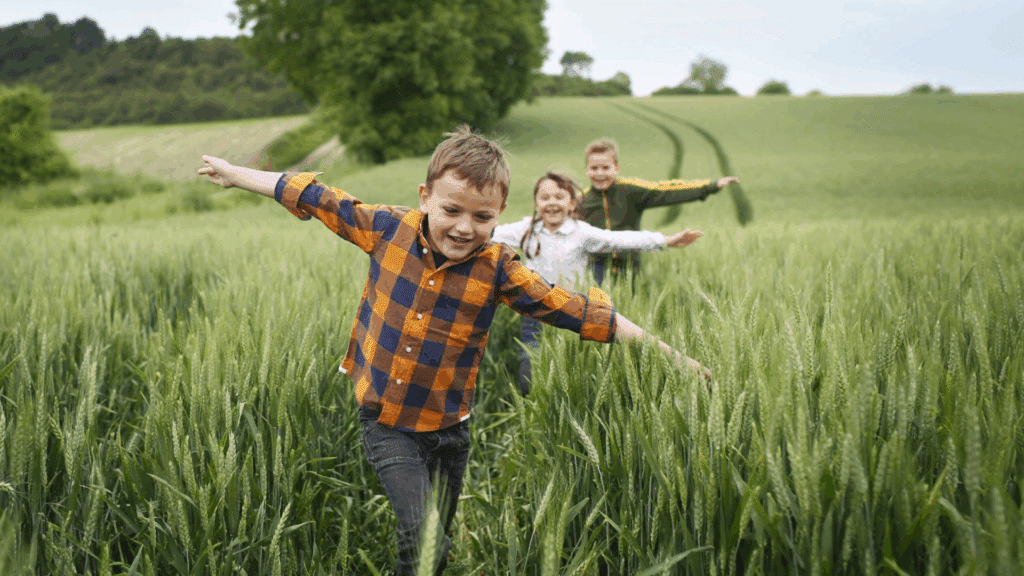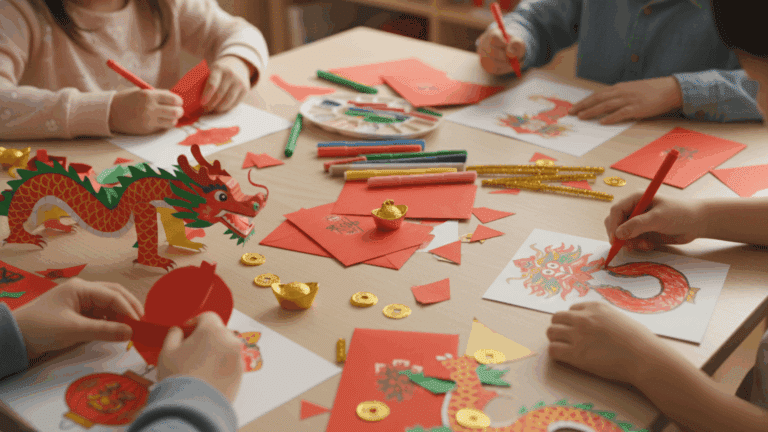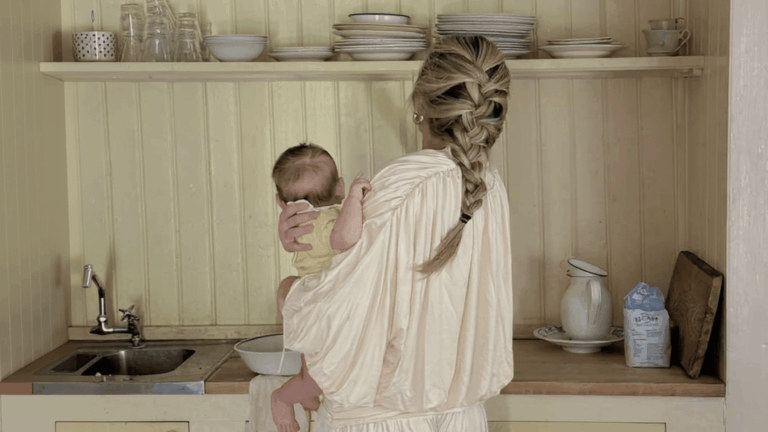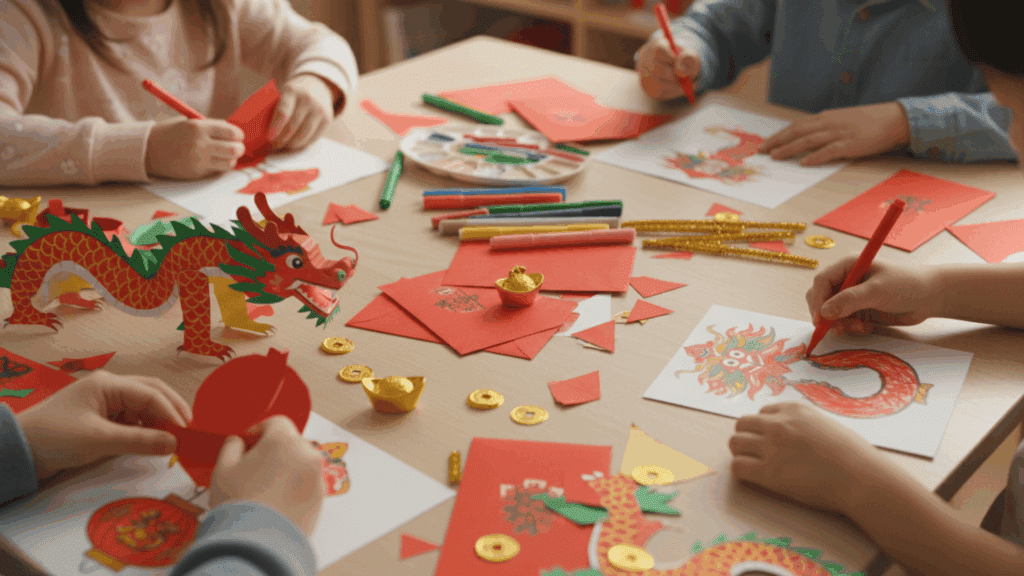There’s more to childhood than snacks and storytime. Big feelings show up in small bodies, and sometimes, even superheroes need a reset.
That’s where self care activities for kids come as quiet tools hidden in plain sight. A warm bath. A stretch on the rug.
Drawing just to feel better, not to get it right. These aren’t luxuries, they’re life skills in disguise. While the world rushes on, some kids pause. Breathe. Rebalance. And those little pauses? They make a big difference.
This isn’t about spa days or silence. It’s about helping kids build habits that comfort, calm, and carry them forward.
Self-Care Activities for Kids
Below are some physical self-care activities, emotional & mental self-care activities, and social self-care activities that help children develop healthy habits, emotional resilience, and strong social skills.
These activities foster independence and well-being in a fun and engaging way.
Physical Self-Care Activities

Physical self care activities for kids focus on helping kids take care of their bodies through hygiene, nutrition, and regular movement.
These activities promote good health, personal responsibility, and physical well-being.
1. Brushing Teeth
Brushing teeth helps keep the mouth clean and stops cavities while building healthy daily habits.
2. Washing Hands
Washing with soap removes germs and teaches kids when and why to clean their hands.
3. Combing Hair
Brushing hair keeps it neat and tangle-free while helping kids care for their appearance.
4. Taking a Bath
Bathing removes dirt, helps kids feel fresh, and teaches independence with hygiene.
5. Dressing Themselves
Picking out and putting on clothes builds confidence and helps them learn to make choices.
6. Putting Away Clothes
Folding and storing clean clothes teaches neatness and shows kids how to care for their things.
7. Packing Their Backpack
Packing a backpack teaches kids to prepare for the day and remember what they need.
8. Organizing Their Shoes
Placing shoes neatly keeps spaces clean and teaches kids how to stay organized.
9. Making Their Bed
Fixing their blankets and pillows builds responsibility and helps start the day with pride.
10. Stretching or Yoga
Stretching or doing yoga relaxes the body while improving strength and balance.
11. Learning to Use a Nail Clipper
Clipping nails teaches self-care and carefulness while keeping hands and feet clean.
12. Walking or Running Outside
Outdoor walks or runs boost energy, support fitness, and give kids a healthy break.
13. Drinking Water Throughout the Day
Drinking water helps the body work well and teaches the importance of staying hydrated.
14. Picking Up Toys or Clutter
Cleaning up toys builds responsibility and helps keep play areas safe and tidy.
15. Cleaning Up After Meals
Helping with cleanup teaches teamwork and the value of caring for shared spaces.
16. Setting the Table
Putting out dishes and utensils teaches helpfulness and makes kids feel part of family routines.
17. Using a Sleep Mask for Better Sleep
Wearing a sleep mask at night blocks light and helps create a calm bedtime routine.
18. Practicing Deep Breathing Exercises
Deep breathing helps kids manage stress and stay calm when emotions feel big.
19. Taking a Walk in Nature
Nature walks help kids relax, get fresh air, and feel more connected to the world around them.
20. Doing Simple Exercises Like Jumping Jacks or Squats
Short bursts of exercise build strength and give kids an easy way to stay active.
21. Doing a Puzzle
Working on puzzles boosts problem-solving and helps kids focus while having fun.
22. Playing with a Hula Hoop
Hula hooping strengthens muscles and coordination in a fun, active way.
23. Cycling
Riding a bike builds balance, leg strength, and gives kids a sense of freedom outdoors.
24. Playing a Sport Like Basketball or Soccer
Sports help improve teamwork, physical skills, and give kids healthy ways to move.
25. Trying Different Dance Moves or Routines
Dancing builds rhythm and confidence while letting kids express themselves through movement.
26. Having a Personal Hygiene Checklist
A checklist helps kids remember daily care tasks and feel proud of taking care of themselves.
27. Washing Their Own Dishes
Cleaning their dishes after meals builds responsibility and kitchen independence.
28. Brushing Their Own Hair
Brushing hair daily teaches routine care and helps kids learn to manage their appearance.
29. Using a Body Scrub or Lotion
Applying lotion or using a scrub helps kids care for their skin and enjoy soothing touch.
30. Learning How to Pack Lunch
Making their own lunch teaches healthy choices and planning for the day ahead.
31. Creating a Healthy Snack
Preparing a snack with fruits or veggies builds healthy habits and kitchen confidence.
32. Tidying Up Their Room
Cleaning their space helps kids stay organized and feel good about where they live.
33. Putting On Shoes Independently
Learning to put on shoes by themselves builds motor skills and daily independence.
34. Making a Smoothie or a Healthy Drink
Mixing ingredients to make a smoothie teaches kids about nutrition in a fun way.
35. Applying Sunscreen
Putting on sunscreen before going outside teaches self-protection and sun safety.
36. Helping with Outdoor Chores, Like Watering Plants
Taking care of plants teaches responsibility and builds a connection with nature.
37. Taking Care of a Pet
Feeding or grooming a pet helps kids learn empathy and the needs of others.
38. Using a Hairdryer or Straightener (With Supervision)
Learning how to use styling tools safely builds self-care skills and body awareness.
Emotional & Mental Self-Care Activities
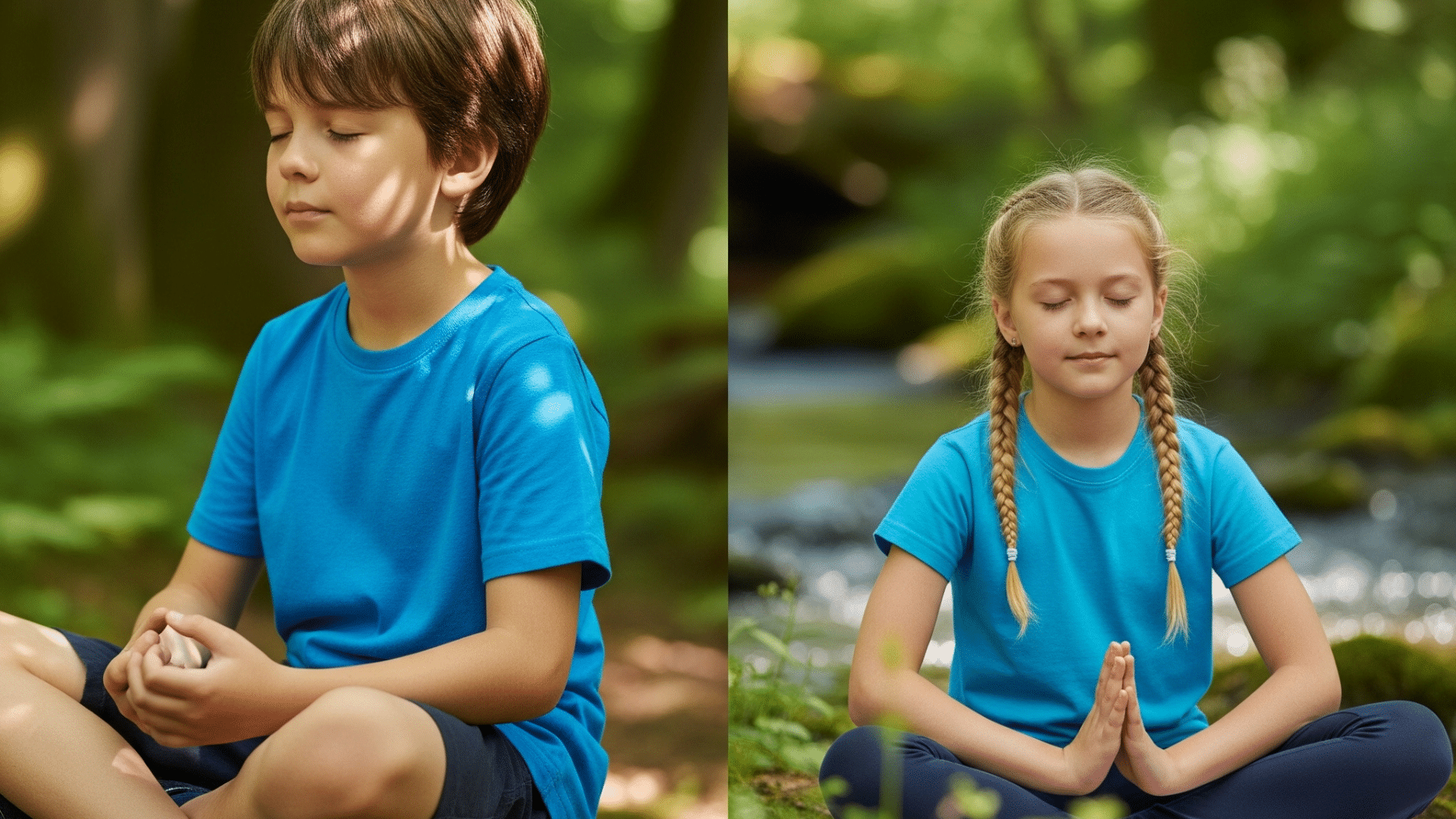
Emotional & Mental self care activities for kids help children manage their emotions, reduce stress, and develop self-awareness.
These activities encourage mindfulness, self-expression, and emotional resilience in a fun, interactive way.
39. Journaling Their Feelings
Writing down thoughts helps kids understand emotions and feel calmer inside.
40. Talking About Their Day with a Parent
Sharing daily events with a parent builds trust and helps kids feel supported.
41. Practicing Gratitude
Saying or writing what they’re thankful for teaches kids to notice the good in each day.
42. Writing Positive Affirmations
Repeating kind phrases about themselves helps kids feel strong and confident.
43. Drawing or Coloring for Relaxation
Creating art gives kids a quiet way to let out feelings and feel more at peace.
44. Meditating for 5 Minutes
Sitting quietly and breathing slowly helps kids feel calm and in control.
45. Listening to Calming Music
Soft music can help kids relax, think clearly, or fall asleep more easily.
46. Having a “Quiet Time” to Recharge
Taking a break in a quiet space helps kids reset when they feel tired or overwhelmed.
47. Talking to a Stuffed Animal or Doll
Speaking to a favorite toy lets kids practice sharing feelings in a safe way.
48. Practicing Positive Self-Talk
Saying kind things to themselves teaches kids how to stay positive and feel proud.
49. Doing a “Worry Box” to Let Go of Anxieties
Putting worries into a box helps kids feel lighter and more in control.
50. Creating a Vision Board
Making a board of goals and dreams helps kids picture what they want for their future.
51. Using a Stress Ball
Squeezing a stress ball gives busy hands something to do and helps release tension.
52. Creating a Calm-Down Corner in Their Room
Having a cozy space with soft items helps kids calm down when emotions feel big.
53. Counting to 10 When Upset
Slowly counting helps kids pause before reacting and choose a calmer response.
54. Playing a Calm Board Game
Playing peaceful games gives kids a fun way to relax and connect with others.
55. Creating a Relaxation or Self-Care Jar
A jar filled with calming ideas helps kids know what to do when they feel stressed.
56. Practicing Mindful Breathing
Breathing deeply and slowly helps kids feel calm and focus their thoughts.
57. Reading a Favorite Book to Unwind
A good story gives kids a break from stress and helps their mind relax.
58. Watching a Feel-Good Movie
Happy movies can lift a child’s mood and bring a sense of comfort and fun.
59. Keeping a Daily Gratitude Journal
Writing one good thing each day teaches kids to find joy in everyday moments.
60. Learning to Say “No” to Uncomfortable Situations
Saying “no” when something feels wrong teaches kids to trust and protect themselves.
61. Expressing Emotions Through Art
Drawing how they feel gives kids a way to share emotions without needing words.
62. Writing a Letter to Themselves
A letter filled with kind words can help kids feel supported on tough days.
63. Doing a Breathing Exercise with a Balloon
Blowing up a balloon slowly teaches kids to breathe deeply and relax their body.
64. Giving Themselves Compliments in the Mirror
Looking in the mirror and saying something nice helps build self-love and courage.
65. Drawing a Picture of What Makes Them Happy
Making happy pictures helps kids think about what brings joy and comfort.
66. Role-Playing Relaxation Techniques with Dolls
Practicing calming tricks with dolls helps kids learn how to use them too.
67. Imagining a Happy Place
Thinking of a peaceful place helps kids feel safe and manage tough emotions.
68. Practicing “Stop and Think” Before Reacting
Stopping to think before acting helps kids stay calm and make better choices.
69. Creating a Feelings Chart to Communicate Emotions
Using a chart helps kids show how they feel when words are hard to find.
70. Listening to an Audiobook
Hearing a story read out loud helps kids relax and enjoy a quiet moment.
71. Writing or Drawing a Story About a Happy Memory
Thinking about happy times helps kids feel good and remember what matters.
72. Practicing Visualization Techniques
Imagining calming scenes helps kids focus and handle stress in a healthy way.
73. Telling a Joke to Make Them Smile
A funny joke can brighten a child’s mood and bring laughter to their day.
74. Repeating a Mantra for Comfort
Saying a short, calming phrase helps kids feel strong and safe inside.
75. Practicing Mindfulness with a Glitter Jar
Watching glitter settle teaches kids to stay still, breathe, and feel calm.
Social Self-Care Activities

Social Self-Care Activities focus on helping kids build strong relationships, practice kindness, and develop communication skills.
These activities foster empathy, teamwork, and positive social interactions with family and friends.
76. Writing a Letter to a Friend or Family Member
Sending a letter shows love and helps kids feel connected to others.
77. Having a Playdate with a Friend
Playing together teaches kids how to share, take turns, and build friendships.
78. Organizing Their Toys for Sharing
Sorting toys teaches kindness and shows kids how to include others.
79. Giving a Hug to Someone When They Need It
A simple hug can show support and help someone feel cared for.
80. Volunteering for a Simple Family Task
Helping out with chores teaches teamwork and builds responsibility.
81. Playing a Collaborative Game
Working with others in a game builds cooperation and listening skills.
82. Saying “Thank You” and “Please” to Encourage Politeness
Using polite words shows respect and helps kids form good relationships.
83. Making a Card for Someone Special
Creating a card by hand is a kind way to show care and appreciation.
84. Calling or Video Chatting with a Friend
Talking to a friend by phone or video helps kids stay connected and social.
85. Practicing Good Listening During Conversations
Listening carefully shows respect and helps kids build strong friendships.
How to Integrate Self-Care into Daily Routines
- Create a Consistent Routine: Set regular times for activities like brushing teeth, bathing, and getting dressed to build healthy habits.
- Set Aside Time for Quiet or Reflection: Encourage a few minutes of alone time each day for mindfulness, reading, or journaling.
- Incorporate Physical Activity: Make exercise part of the routine, such as family walks, yoga sessions, or dancing.
- Make Healthy Choices Together: Involve your child in choosing nutritious snacks or preparing meals to teach healthy habits.
- Promote Responsibility: Encourage your child to do small tasks on their own, like packing their backpack or making their bed.
- Practice Emotional Check-Ins: Regularly ask how they’re feeling and model ways to express emotions calmly.
- Incorporate Relaxation Time: Build in time for winding down before bed, like reading a book or listening to calming music.
Bottom Line
Lots of self care activities for kids are essential in helping children develop independence, emotional resilience, and healthy habits.
By incorporating these activities into daily routines, you can support your child in becoming more self-aware, responsible, and confident in managing their emotions and social interactions.
Got any favorite self care activities for kids or tips to share? Please drop a comment below, or let us know your thoughts and experiences.


